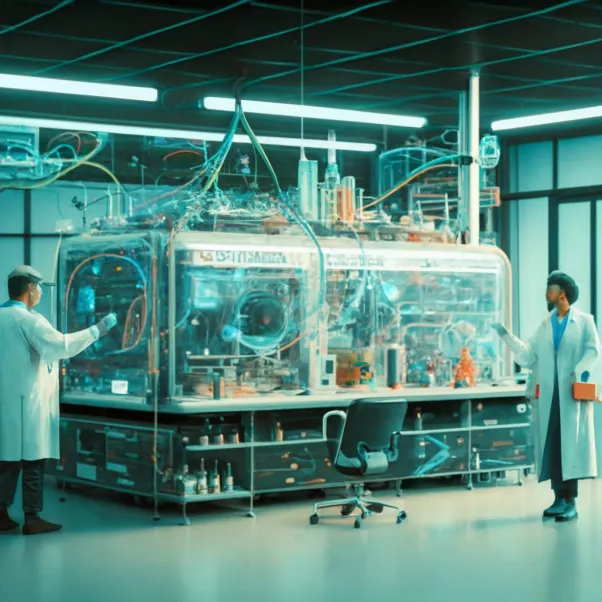Disorder Boosts Battery Life: Scientists' Breakthrough
- Revolutionize battery technology with local disorder in oxide cathodes for longer cycle life and faster charging. Published in Nature, this breakthrough could transform the energy transition.

An international research team led by TU Delft has found that introducing local disorder in the oxide cathode material of lithium-ion batteries can increase the number of times they can be charged and discharged. This discovery could lead to a new generation of batteries with improved cycle life and shorter charging times. The team's results have been published in Nature, highlighting the potential impact on the energy transition as renewable energy sources become more prevalent.
The improved structural stability of the batteries almost doubled their capacity retention after 200 charging/discharging cycles. This development could lead to lower manufacturing costs and a smaller CO2 footprint per unit of energy stored over the battery's lifetime. The team plans to further investigate if the same material design principles can be applied to build cathodes using less scarce raw materials, reducing the reliance on critical materials like cobalt and nickel in battery production.
How can introducing local disorder in oxide cathode material improve lithium-ion batteries?
- Introducing local disorder in the oxide cathode material of lithium-ion batteries can increase the number of times they can be charged and discharged.
- This improvement in structural stability can almost double the capacity retention of the batteries after 200 charging/discharging cycles.
- The new generation of batteries with improved cycle life and shorter charging times could lead to lower manufacturing costs and a smaller CO2 footprint per unit of energy stored over the battery's lifetime.
- The research team plans to investigate if the same material design principles can be applied to build cathodes using less scarce raw materials, reducing the reliance on critical materials like cobalt and nickel in battery production.
Also read

